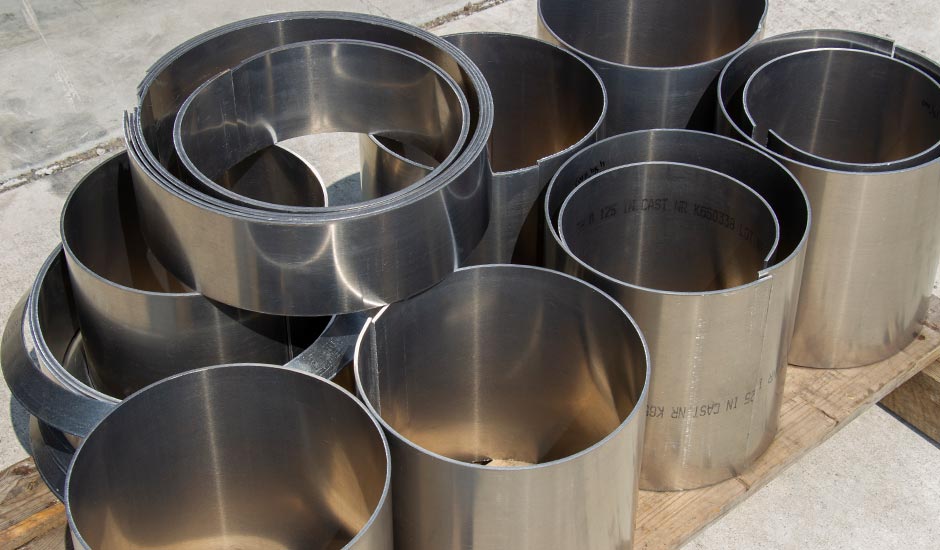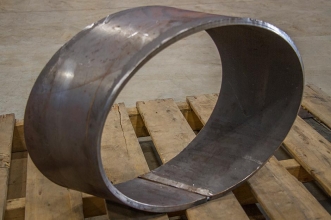
What is rust
Most people know rust as the brownish discolouration that appears on metal. In more technical terms, it is a form of iron oxide that occurs when iron mixes with oxygen in the air, causing it to corrode. The main component needed for rust to occur is water. The water molecules get inside microscopic gaps in the metal and start the corrosion process.
Common Forms of Prevention:
Alloys:
Adding rust resistant alloys to steel is a common way to prevent rust. Stainless steel is probably the most well known version of this. The chromium added forms a protective film of chromium oxide that shields the metal from rust.
Galvanization:
Metal that has been galvanized has a protective layer of metallic zinc to keep corrosive substances from penetrating into the metal. The damaging oxidization process of rust is carried out on the zinc layer, without harming the steel.
Bluing:
This process offers limited rust protection but is only used on small items. The steel parts are immersed in a solution of potassium nitrate, sodium hydroxide, and water. This results in a blue-black finish – hence the name “bluing”.
Organic Coating:
Coatings, such as paint, can form a barrier against corrosive elements. Often this is the most cost effective of all the options, with oil-based coatings being ideal for this method.
Powder Coatings:
Electrically conductive metal is sprayed with a charged non-conductive powder. The charged powder is attracted to the metal object and clings to its surface. The metal is then heated which fuses the particles into a protective film.
Working with steel is what we do…in fact, it’s even in our name! From start to finish we will work with you to choose the best rust proofing options for your project, while staying within your budget.
Create form for function with KYJO Steel!

Structural rolling is a cost-effective way to bend metal. It uses pre-made dies that can be changed according to the shape and dimension needed. Also known as shape or profile rolling, it involves passing structural steel through a rolling mill to bend or shape the metal while maintaining a constant cross-section.
Read More